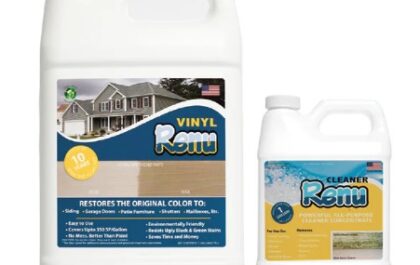In today’s fast-paced world, convenience and sustainability are at the forefront of our choices when it comes to storing and preserving our food. Silicone food storage containers have emerged as a game-changer, offering a versatile, eco-friendly, and durable solution. In this comprehensive guide, we’ll delve into the world of silicone food storage, exploring its benefits, uses, and maintenance. By the end of this article, you’ll be well-equipped to make the most of these innovative storage containers.
What is Silicone Food Storage?
Silicone food storage refers to containers, lids, and bags made from silicone material designed specifically for storing food items. Silicone, a synthetic polymer, is renowned for its flexibility, heat resistance, and non-toxic properties. These qualities make it an ideal choice for food storage, replacing traditional plastic containers that often come with environmental concerns.
Benefits of Silicone Food Storage
Silicone food storage has gained popularity for several compelling reasons:
- Eco-Friendly: Silicone is a more sustainable option than single-use plastics. It’s durable and can last for years, reducing the need for disposable containers.
- Versatility: Silicone food storage containers come in various shapes and sizes, suitable for storing everything from leftovers to liquids. They can be used in the freezer, microwave, and even the oven.
- Seal-Tight: Silicone lids create a secure seal, preventing leaks and preserving the freshness of your food for longer periods.
- Easy to Clean: Most silicone containers are dishwasher safe, making cleanup a breeze.
- Safe for Health: Silicone is free from harmful chemicals like BPA and phthalates, ensuring that your food remains uncontaminated.
Using Silicone Food Storage Containers
Now that we’ve covered the benefits, let’s explore how to use silicone food storage containers effectively:
Storing Dry Goods
Silicone containers are perfect for storing dry goods such as grains, nuts, and snacks. Their airtight seals keep these items fresh and free from moisture.
Leftovers and Meal Prep
When you have leftovers or want to prepare meals in advance, silicone food storage containers are your best friend. They can be safely used in the microwave, making reheating a breeze.
Freezing
Silicone food storage containers are freezer-safe. You can store soups, stews, and other liquid-based dishes without worrying about freezer burn.
Baking
Yes, you can bake in silicone containers! From muffins to casseroles, silicone molds and bakeware are heat-resistant and non-stick.
Sous Vide Cooking
For culinary enthusiasts, silicone bags are excellent for sous vide cooking. They can withstand the precision cooking temperatures without leaching harmful chemicals into your food.
Caring for Your Silicone Food Storage
To ensure the longevity and safety of your silicone food storage, here are some essential care tips:
Cleaning
- Wash your silicone containers with warm, soapy water after each use.
- For stubborn stains or odors, create a paste with baking soda and water, scrub, and rinse thoroughly.
Storage
- Store silicone containers with their lids slightly ajar to allow air circulation and prevent moisture buildup.
- Avoid stacking heavy items on top of one another for extended periods to prevent deformation.
Inspection
- Regularly check for any signs of damage, such as cracks or tears, and replace damaged containers promptly.
Conclusion
In a world where sustainability and convenience are paramount, silicone food storage containers offer a practical and eco-friendly solution for preserving your food. Their versatility, durability, and safety make them a worthysilicone food storage addition to your kitchen arsenal. By following proper care and usage guidelines, you can enjoy the benefits of silicone food storage for years to come, contributing to a greener and more efficient lifestyle.
Related posts
Hot Posts
Kream Live Resin Disposable: The Ultimate Convenience in Cannabis Consumption
In the evolving world of cannabis products, Kream Live Resin Disposable vapes have emerged as a game-changer for enthusiasts seeking…
Understanding The Top Challenges With Asset And Inventory Counts
Do you run a retail store, warehouse, manufacturing business, restaurant, pharmacy, or technology firm? If yes, then there’s a big…
Best French Press: The Perfect Addition to Your Kitchen Accessories
When it comes to enhancing your coffee-making experience, the Best French Press stands out as a must-have in your…
Enhancing Your Home with Bamboo Wood Stain and Vinyl Siding Restorer
In the realm of home improvement, the significance of selecting the right materials and finishes cannot be overstated. Among the…





